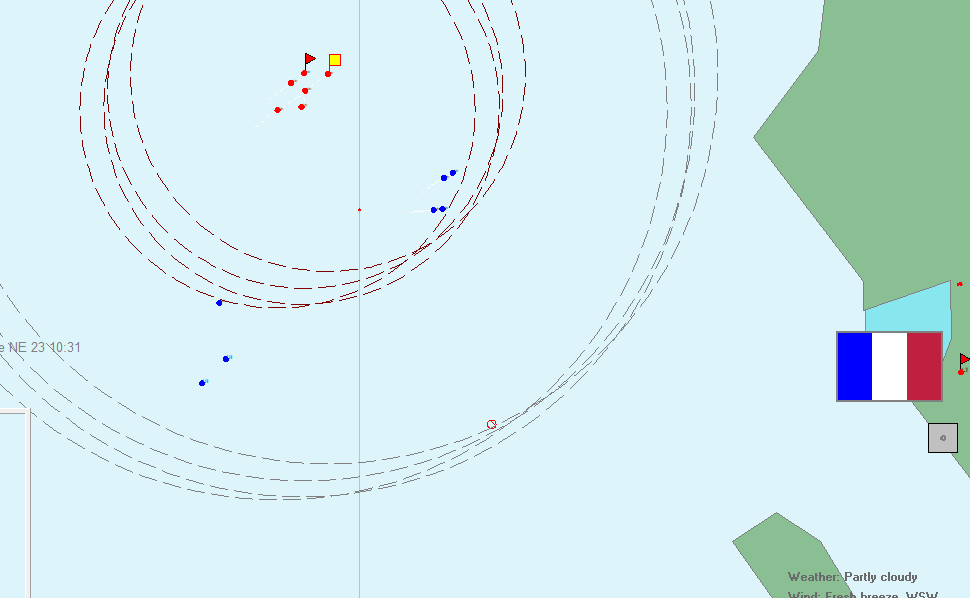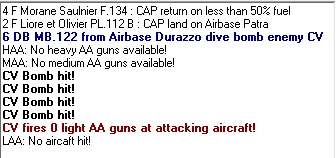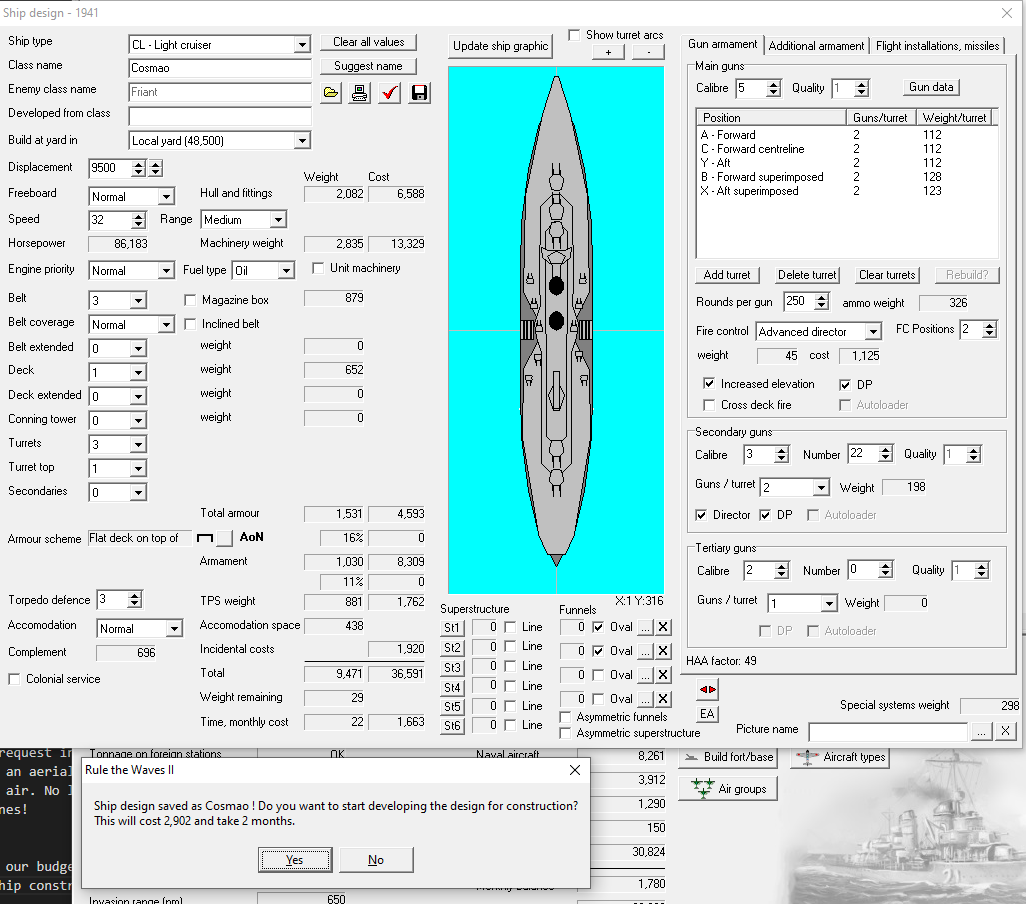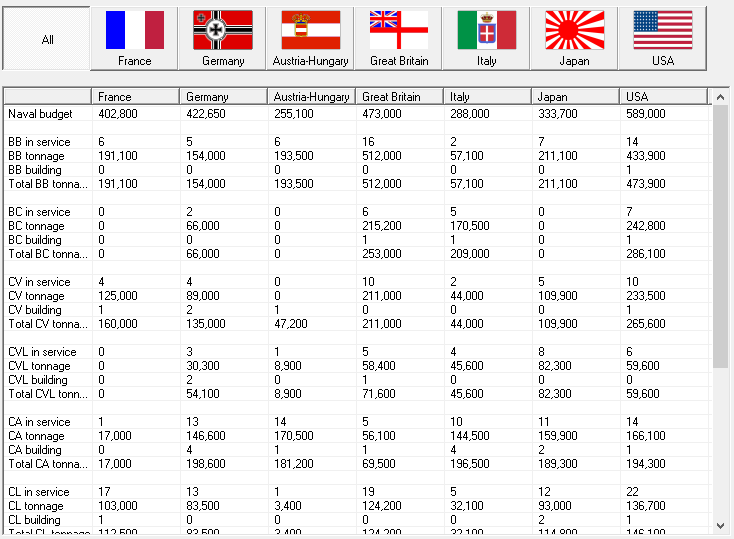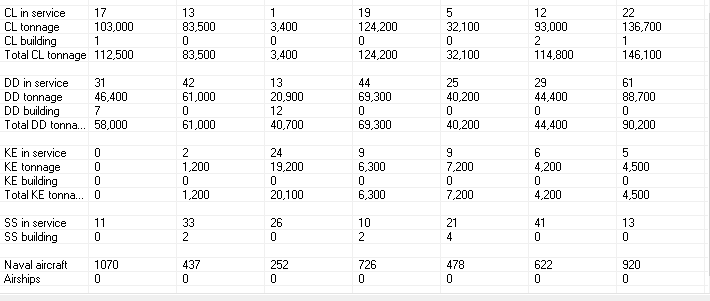Any thoughts on what we should do for the upcoming 100th edition of What We’re Reading?
WuFlu
- Is SARS-CoV-2 a product of gain-of-function research? – Gain-of-function research being the head-scratching idea that it’s somehow wise or worthwhile to turn viruses which can’t infect humans into viruses which can, to, I dunno, see if it can be done? Cue Ian Malcolm quote.
- In that tweet, a guy called Peter Daszak is quoted on the subject of enhancing ‘SARS-related CoVs’, back in November 2019 – Here he is in Boston Magazine, identified as president of an organization that funded the Wuhan Institute of Virology, vehemently denying that research at that institute which involved identifying spike proteins that could cause bat viruses to infect humans and making new viruses from them could have possibly caused a human outbreak of a bat coronavirus in Wuhan.
- Elsewhere in that Twitter thread, there’s some speculation that virologists who (rightfully, it seems to me) consider gain-of-function research to be an awful idea aren’t speaking up for professional reasons; who wants to be remembered as the person who caused the entire world to ban their field of research? Besides people with a sense of perspective, or, you know, morals.
Defense
- Experts: “Next war likely to be fought differently than last war” – Really staking out a bold position there, guys.
- Big Army bows to defense contractor pressure, will not be entering its own vehicle into OMFV Redux – Shame. It would have been nice to have a first-party design. We’ve gotten away from that for some reason, and it seems like it was a strictly superior way to do business in hindsight.
- Marines now building ‘littoral regiments’ with an eye on taking Chinese airfield-islands – Parvusimperator’s remark, lightly paraphrased because I can’t be bothered to find it in the internal chat backscroll: “I love the Marines’ small-unit stuff, but I scratch my head at their strategy.”
3D-Printed Guns
A special topic! There have been exciting developments in the field.
- “Mom, can we have Mauser Broomhandle?” – We have Mauser Broomhandle at home. See the link to finish the joke.
- You’ve seen 3D-printed ARs, now with reinforcing U-bolts, but what about a 3D-printed AK? – Receiver is gloriously chunky, for strength to match iron soldiers of motherland.
- Want an illegal suppressor without having to deal with the fed-bait of ordering a fuel filter housing from China? – Here’s a version you can print, just add your own entirely innocent hardware. I don’t advocate 3D-printing illegal things, but I do certainly advocate knowing how.
Non-3D-Printed Guns
- Karl of InRange TV making every effort at fairness in re: a volley-fire .22 WMR revolver – Unrelated to the topic at hand, I find myself less enthused with InRange’s match videos now that I’ve had a few years to get used to USPSA. The InRange-style 2-gun match, with its excessive reliance on physical challenges and punitive par times, is not as interesting to me as it once was.
- T̶h̶r̶o̶w̶b̶a̶c̶k̶ ̶T̶h̶u̶r̶s̶d̶a̶y̶ Wayback Wednesday: Steyr’s scout rifle, an American Rifleman review from 1998 – The second gun I bought was a Mosin carbine, which I proceeded to turn into a scout-ish rifle. I still like it, although I haven’t had any of my rifles out to the range in quite some time now. I should have a go at the 550-yard plate at my new range with the K31, though.
- The price of Remington’s ammo plants, its most valuable asset: $65 million – Blast. That’s a bit steep for just the two of us. Maybe they’ll sell primers? I could really use some small pistol primers.
- From the ads in USPSA magazine: the Gill Arms GPR 9M, a striker-fired pistol with… innovations? – At least, I think they’re innovations. For one, the passive safety is that the striker is locked out of line with the primer until the trigger is pulled. For another, the magazine tapers in two different places, which is evidently better for reliability? Not having $800 to spend on a random pistol, I can’t say if any of that is true. Even if I did have the $800, I don’t see any for sale.
Other Science and Technology
- Watch an internal combustion engine turn into an external internal combustion engine – It looks like a runaway to me. Turbo springs a leak, and suddenly your engine has a bunch more fuel, and therefore starts spinning faster, and the cycle continues until the engine escapes.
- Why is the world becoming more allergic to food? – The story doesn’t actually answer the question in the headline, but does suggest that eating trigger foods at a young age stops food allergies from developing.
- A teenager with an integrated circuit fab in his parents’ garage – He doesn’t have a clean room, so contamination means he can’t get much below 10µm feature size, but he could pretty conceivably make simple, 70s-era microprocessors. That’s wild.
History
- Want a document on the Maus tank from Allied researchers? – Here you go. I even put it in the Many Words Google Drive, so you don’t have to deal with a stupid 100-second download delay and a speed cap at 60 kilobytes per second.
- How chunky is the P-47? – This chunky. The original Twitterer stole my joke, so you get this instead.
- The Record of Proceedings of the Board of Inquiry into the loss of USS Thresher is now available, in only lightly-redacted form
Decision 2020 Etc.
- Princeton says racism is embedded in the structures of the university; DOE opens investigation – “… such an admission from [Princeton president] Eisgruber raises concerns that Princeton has been receiving tens of millions of dollars in violation of Title VI of the Civil Rights Act of 1964.” Inject the schadenfreude into my veins, please.
- Portland sees surge in shootings after mayor disbands PD’s gun crimes unit – Whoever could have seen this coming?
Grab Bag
- Fake Counterstrike cheats that sabotage the player using them – Brilliant. Hopefully not staged.
- Chinese propaganda or canny realpolitik? You decide – It’s a (paywalled) story on the topic of why China as she is now might be preferable to a democratic China. (If you are offended by paywalls, consider this extension). One of the arguments is, “A democratic China might be less patient in dealing with Hong Kong and Taiwan,” which seems to me to be definitively missing the point of the Hong Kong protests, and plausibly missing the point of Taiwan’s continued preference for independence. Would Taiwan care so much if its putative motherland were a democratic state with a bunch of guaranteed freedoms? I am not qualified to say.
- Fun approaches that make me want Flight Simulator (2020) – St. Bart’s, in the Caribbean.
- A poker cheating scandal story – With no solid evidence that there was actually any cheating happening, although a good bit of probabaility and circumstantial evidence suggesting it did.

